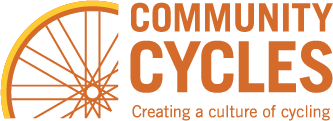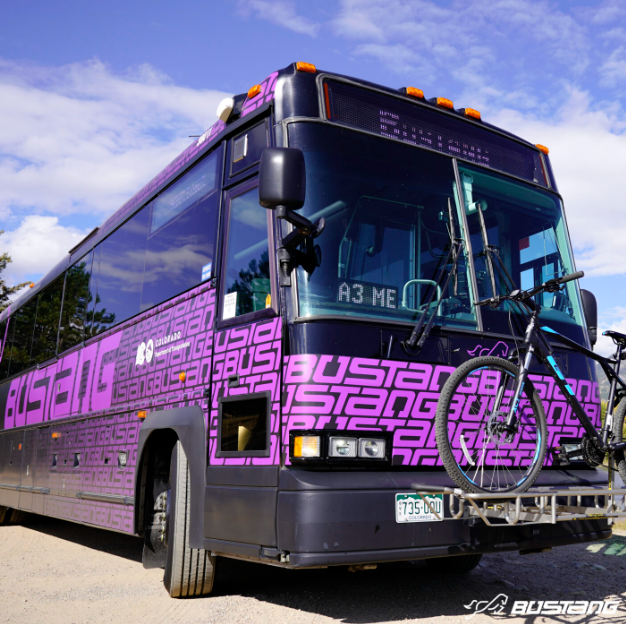You’ve probably heard by now about Colorado Governor Jared Polis’s big land-use reform bill, SB23-213. It’s been covered extensively by Colorado Public Radio, The Colorado Sun, Colorado Newsline, and others as a groundbreaking – and controversial – effort to address the state’s housing crisis. The core of the bill would require larger cities to allow more of some relatively affordable forms of housing, especially near transit.
But what’s gotten much less attention are details buried deep in the bill that could, over time, significantly change where and how Colorado builds transportation infrastructure, such as highways and transit lines, with the potential to change how Coloradans get around and how big our climate footprints are.
As the bill currently stands, it would first require the state to identify strategic growth objectives that “incentivize growth in transit-oriented areas and infill areas and guide growth at the edges of urban areas”. And then it would require that state and regional transportation plans and multimodal transportation projects be consistent with these growth objectives.
In less bureaucratic language, it would make it more difficult to build new highway capacity that allows or incentivizes leapfrog sprawl, for instance. Instead, it would encourage transportation projects to serve environmentally-friendlier growth in already-developed areas, or at least adjacent to them.
These rules would push CDOT further in the direction it’s already been moving, with less focus on new roads and more on providing transit such as the statewide Bustang service, and towards better accommodation for people walking and biking.
This all assumes the bill passes, of course. It faces significant hurdles ahead, with key legislators skeptical – or openly critical – of a bill that’s already been watered down from its initial form. However, there’s been no significant opposition to the proposed transportation provisions, so if the legislation passes in any form, it seems likely that these will be included. Boulder legislators are onboard, but please reach out to your friends in other parts of the state to tell their legislators to support these transportation elements.

